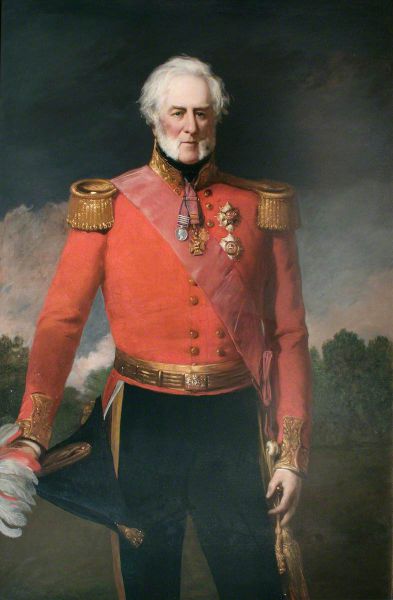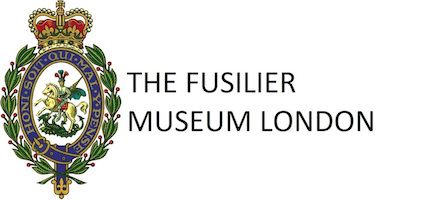
Subject: Field Marshal Sir Edward Blakeney GCB GCH, Colonel from 1832-1854
Artist: Catterson Smith
Medium: Oil on canvas
This work is currently undergoing conservation in the form of 3D scanning and restoration work to the frame. In total the works are expected to last approximately a month.
About the subject:
Field
Marshal Sir Edward Blakeney GCB GCH, Colonel of the Regiment 1832-1854, was born the fourth son of Colonel William Blakeney and Sarah Blakeney (née Shields). He
commissioned into the 8th Light Dragoons as a cornet in 1794. He first served
with the expedition to Dutch Guiana, where he was taken prisoner by privateers
three times.
He joined the 7th
Regiment of Foot in 1804, and took part in the capture of Martinique in the
Peninsula Wars. He commanded the 2nd Battalion Royal Fusiliers in the Battle of
Albuera in 1811, and was severely wounded in the thigh. At the Siege of Badajoz
he was wounded again, this time through his arm. He married wife Maria Gardiner in 1814 – daughter of Colonel Gardiner of the
East India Company.
Blakeney was
appointed Colonel of the Regiment in 1832 after the death of the previous
Colonel, Sir Alured Clarke, appointed Commander-in-Chief of Ireland in 1836. He
was advanced to Knight Grand Cross of the Bath on 7 May
1849 and, having been promoted to full general on 20 June
1854, retired from active service in 1855, at which point he became
Lieutenant Governor and later Governor of the Royal Hospital Chelsea.
He was made Field
Marshal in 1862, and died at the Royal Hospital Chelsea on 2 August 1868. He is
buried at Oak Lane Cemetery in Twickenham.
About the artist:
Born in
Skipton, Yorkshire, Stephen Catterson Smith (1806–72) was the son of an artist & coach
painter. He moved to London aged about 16 to study art, self supported, and
gained admission to the schools of the Royal Academy. He attracted notice for
his skill in portraiture, initially in chalk, and by 1838 was exhibiting
portraits at the Royal Academy.
In 1840 he
received some commissions to paint portraits in Ireland, settling first at
Derry and afterwards in Dublin, where he remained for the rest of his life. He
was made portrait painter to the Lord Lieutenant soon after, and during this
30-year posting, became the leading portrait painter of the day. Nearly every
distinguished person in Ireland sat to Smith during his career in Dublin.
Appointed
Director of the National Gallery of Ireland in 1868, he continued to paint
until his sudden death in Dublin in 1872.
